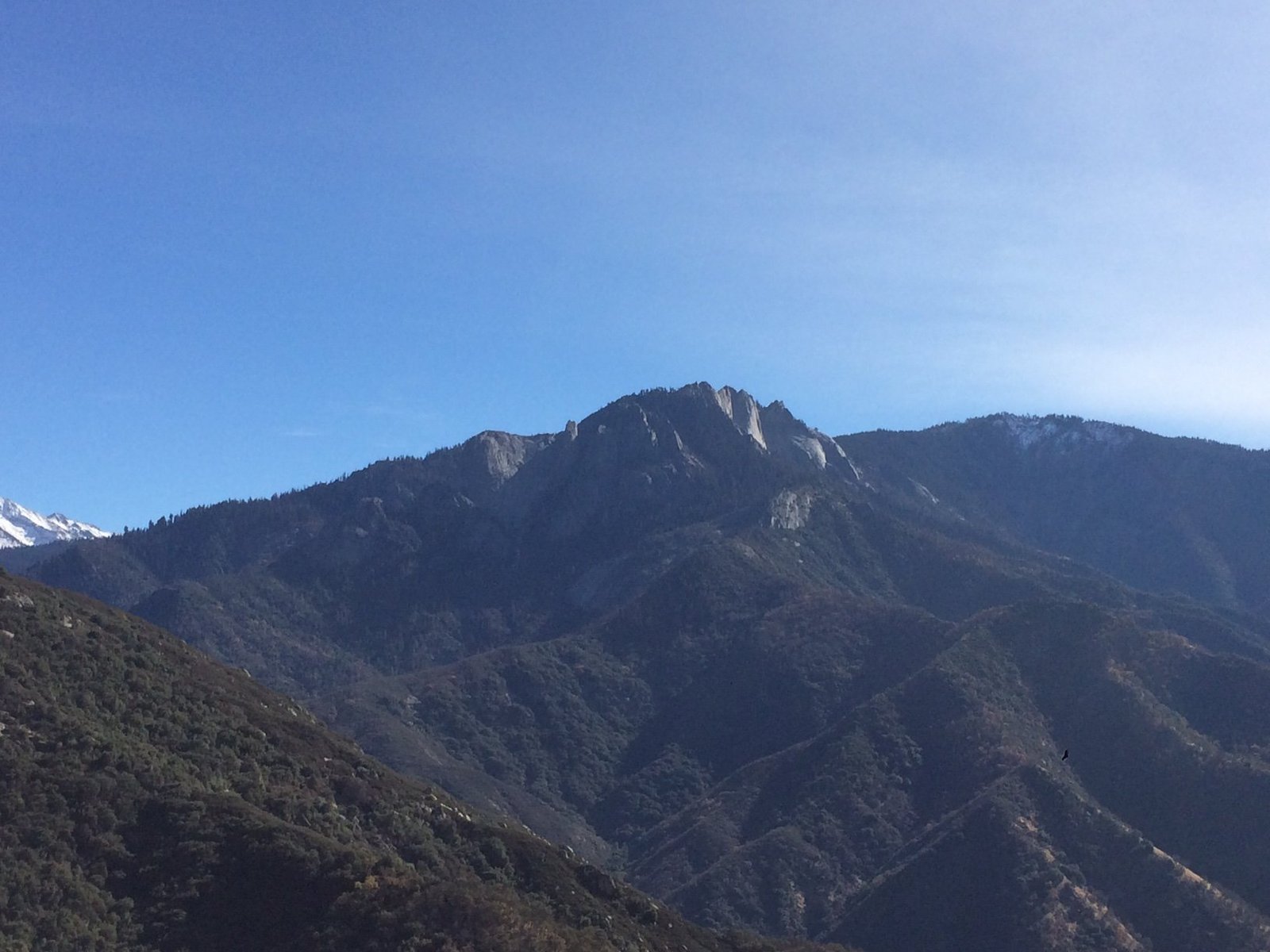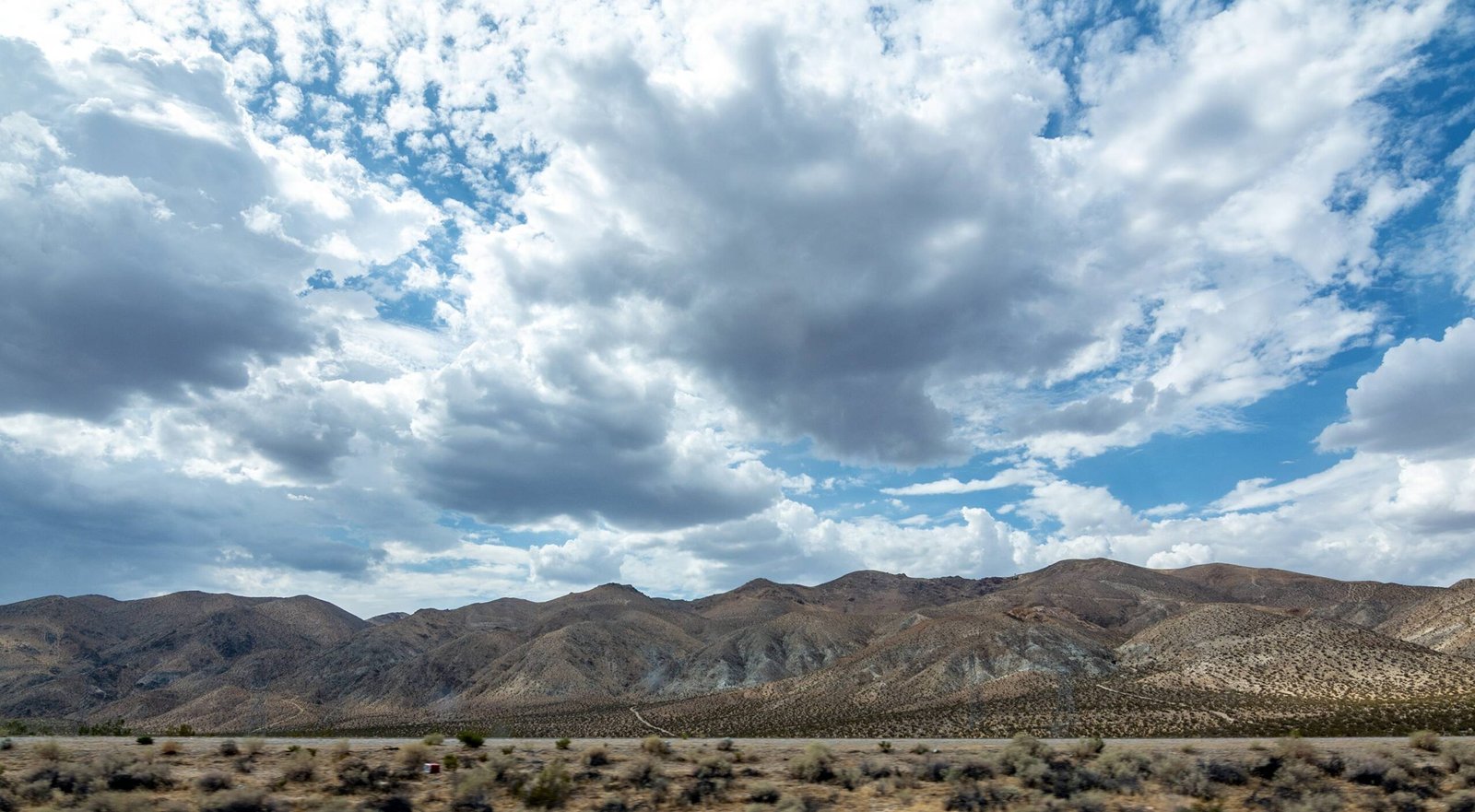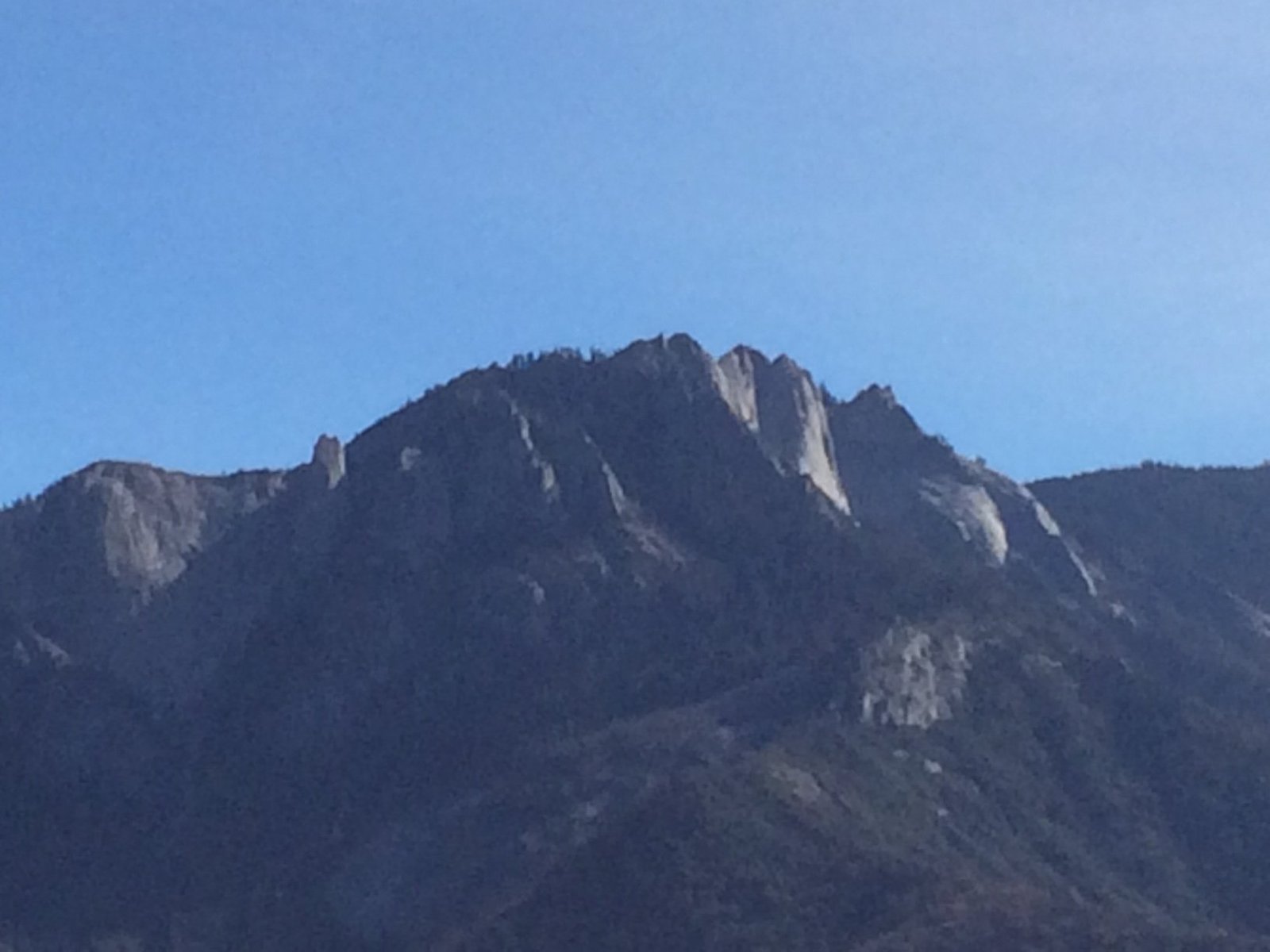Sequoia National Park experiences significant variations in rainfall throughout the year, with distinct wet and dry seasons. The park’s lower elevations, such as the Three Rivers area, receive an annual total of 570 mm (22.4 in) of rainfall, while higher elevations like Lodgepole see up to 1,100 mm (43 in) annually. The wettest months are typically from November to April, with January, February, and March receiving the highest precipitation. Summer months are notably dry, especially July and August.
What Are the Monthly Rainfall Patterns in Sequoia National Park?

The average rainfall by month in Sequoia National Park varies significantly between lower and higher elevations. Here’s a detailed breakdown:
Lower Elevations (Three Rivers Area)
| Month | Rainfall (mm) | Rainfall (in) | Rainy Days |
|---|---|---|---|
| January | 120 | 4.7 | 8 |
| February | 90 | 3.5 | 9 |
| March | 105 | 4.1 | 8 |
| April | 60 | 2.4 | 6 |
| May | 25 | 1.0 | 3 |
| June | 5 | 0.2 | 1 |
| July | 5 | 0.2 | 1 |
| August | 0 | 0.0 | 0 |
| September | 5 | 0.2 | 1 |
| October | 20 | 0.8 | 3 |
| November | 45 | 1.8 | 5 |
| December | 95 | 3.7 | 8 |
Higher Elevations (Lodgepole Area)
| Month | Rainfall (mm) | Rainfall (in) | Rainy Days |
|---|---|---|---|
| January | 220 | 8.7 | 9 |
| February | 200 | 7.9 | 10 |
| March | 165 | 6.5 | 10 |
| April | 80 | 3.1 | 8 |
| May | 25 | 1.0 | 3 |
| June | 5 | 0.2 | 1 |
| July | 5 | 0.2 | 1 |
| August | 0 | 0.0 | 0 |
| September | 5 | 0.2 | 1 |
| October | 20 | 0.8 | 3 |
| November | 45 | 1.8 | 5 |
| December | 95 | 3.7 | 8 |
How Does Rainfall Vary Between Seasons in Sequoia National Park?

Sequoia National Park experiences distinct wet and dry seasons:
- Wet Season (November to April):
- Highest rainfall, especially in January, February, and March
- Significant snowfall at higher elevations
-
Potential for road closures and limited access to certain areas
-
Dry Season (May to October):
- Minimal rainfall, particularly in July and August
- Hot days and cool nights
- Increased fire risk due to dry conditions
What Impact Does Rainfall Have on Park Accessibility?
The average rainfall by month in Sequoia National Park significantly affects park accessibility:
- Road Conditions: During wet months, especially at higher elevations, roads may be closed or require chains.
- Trail Access: Some trails may be inaccessible or dangerous during heavy rainfall periods.
- Camping: Certain campgrounds may close during wet seasons, particularly at higher elevations.
- Activities: Wet conditions can limit some activities but create opportunities for others, such as snow sports in winter.
How Does Rainfall Affect Flora and Fauna in Sequoia National Park?
The rainfall patterns in Sequoia National Park play a crucial role in shaping its ecosystems:
- Giant Sequoias: These ancient trees rely on winter snowmelt for hydration during dry summers.
- Wildflowers: Spring rainfall triggers spectacular wildflower blooms in meadows and along trails.
- Wildlife: Animal behavior and migration patterns are influenced by seasonal rainfall and resulting food availability.
- Fire Ecology: The dry season increases fire risk, which is a natural part of the park’s ecosystem but can pose challenges for management.
What Should Visitors Know About Rainfall When Planning a Trip to Sequoia National Park?
When planning a visit to Sequoia National Park, consider the following rainfall-related factors:
- Timing: Choose your visit time based on preferred activities and tolerance for wet conditions.
- Packing: Bring appropriate gear for the season, including rain gear and warm layers for wet months.
- Flexibility: Be prepared to adjust plans based on weather conditions, especially during the wet season.
- Safety: Stay informed about weather forecasts and potential hazards like flash floods or snow storms.
- Reservations: Book accommodations in advance, especially during peak dry season when the park is busiest.
How Has Climate Change Affected Rainfall Patterns in Sequoia National Park?
While long-term climate data for Sequoia National Park shows consistent patterns, recent observations and climate models suggest potential changes:
- Precipitation Variability: Increased year-to-year variability in rainfall amounts and timing.
- Snowpack Reduction: Warmer temperatures may lead to less snowfall and earlier spring melts.
- Extreme Events: Potential for more frequent extreme weather events, including droughts and intense storms.
- Ecosystem Impacts: Changing rainfall patterns may affect plant and animal species distribution and fire regimes.
Understanding the average rainfall by month in Sequoia National Park is crucial for both park management and visitor planning. By considering these patterns, visitors can better prepare for their trip and fully appreciate the diverse ecosystems that thrive in this remarkable national park.
References:
1. Climatestotravel.com – Sequoia National Park climate: weather by month, temperature, rain
2. Worldclimate.com – Average Weather Data for Sequoia National Park, California
3. USclimatedata.com – California and Weather averages Sequoia National Park

